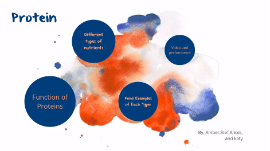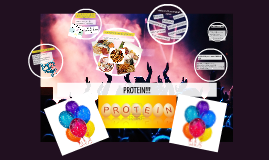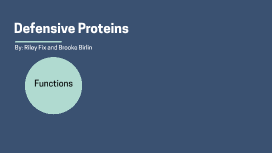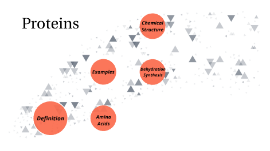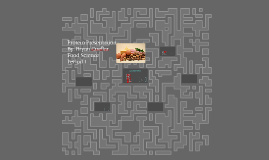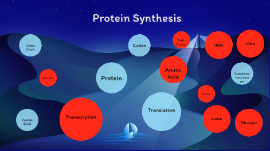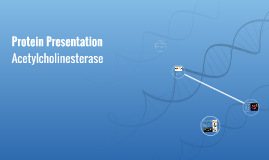Protein Presentation
Transcript: Protein By, Amber,Stefanie ,Alexis, and Kayedi Function of Proteins Function of Proteins The function of protein is to build muscle and new cell tissue Different types of nutrients Different types of nutrients Carbohydrates, Protein, Fat, Vitamans, Minerals, and water Food Examples of Each Type: Food Examples of Each Type: Incomplete Protein: Grains and vegetables Complete Protein: Meat and dairy PRO: One advantage to a high protein intake is that it may promote short-term weight loss. Giving your body the tools it needs to build and repair lean muscle mass burns calories even while you're at rest, speeding up your metabolism of fat. Pros and Cons of Protein Pros and Cons of Protein CON: According to Harvard University, a high-protein diet may increase calcium and oxalate excretion, which promotes the growth of kidney stones. Complete proteins provide the nine essential amino acids, found in meat and dairy. Incomplete proteins only provide a few of the essential amino acids, found in vegetables and grains. Both provide energy to do things. Compare and Contrast Compare and Contrast Video and performance Video and performance Performance of Proteins: Non- athletes need 0.4 or 0.5 grams of proteins. Athletes need 0.5 or 0.8 grams of protein. https://www.youtube.com/watch?v=Chbm84sCBAw Protein Video Protein Video






